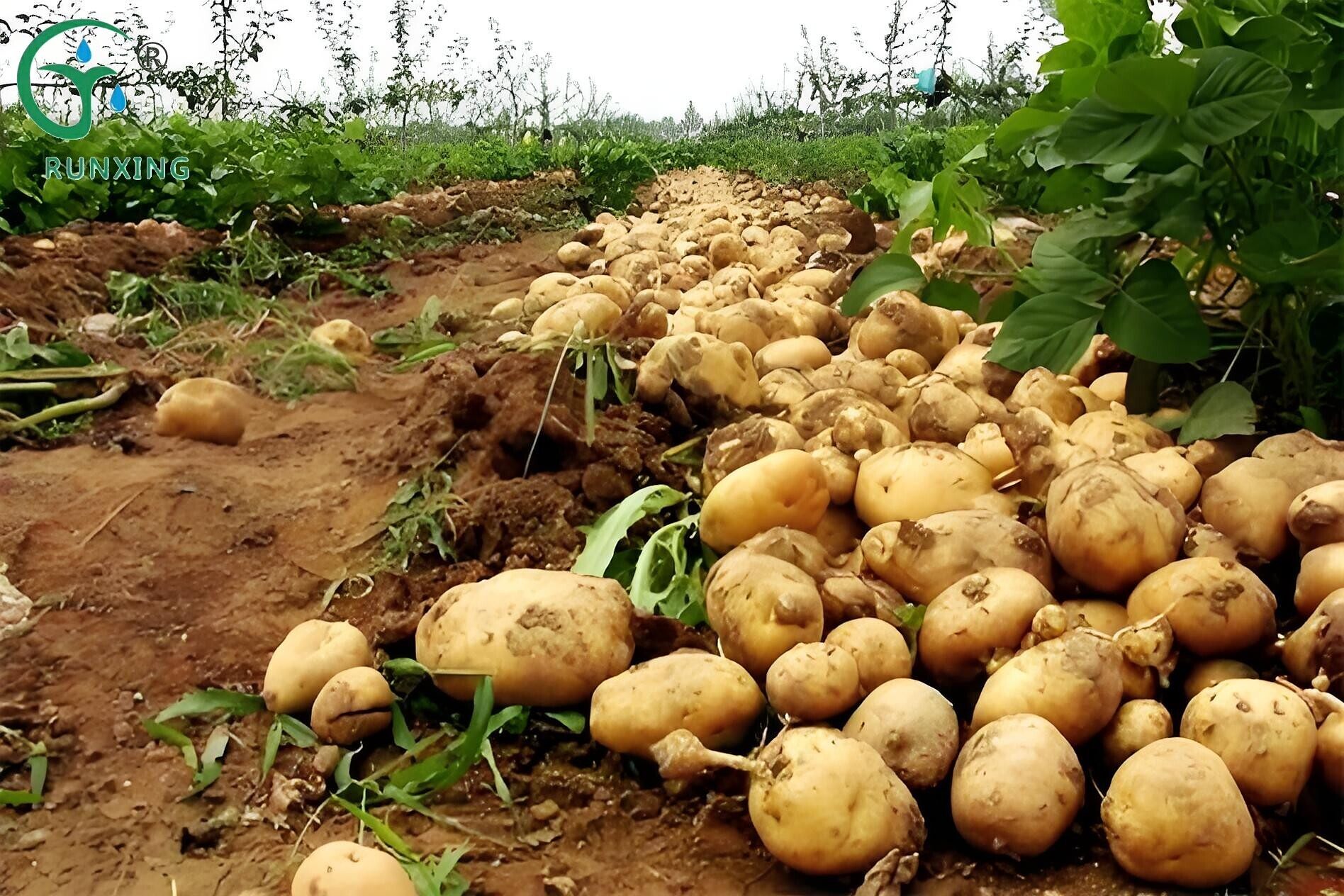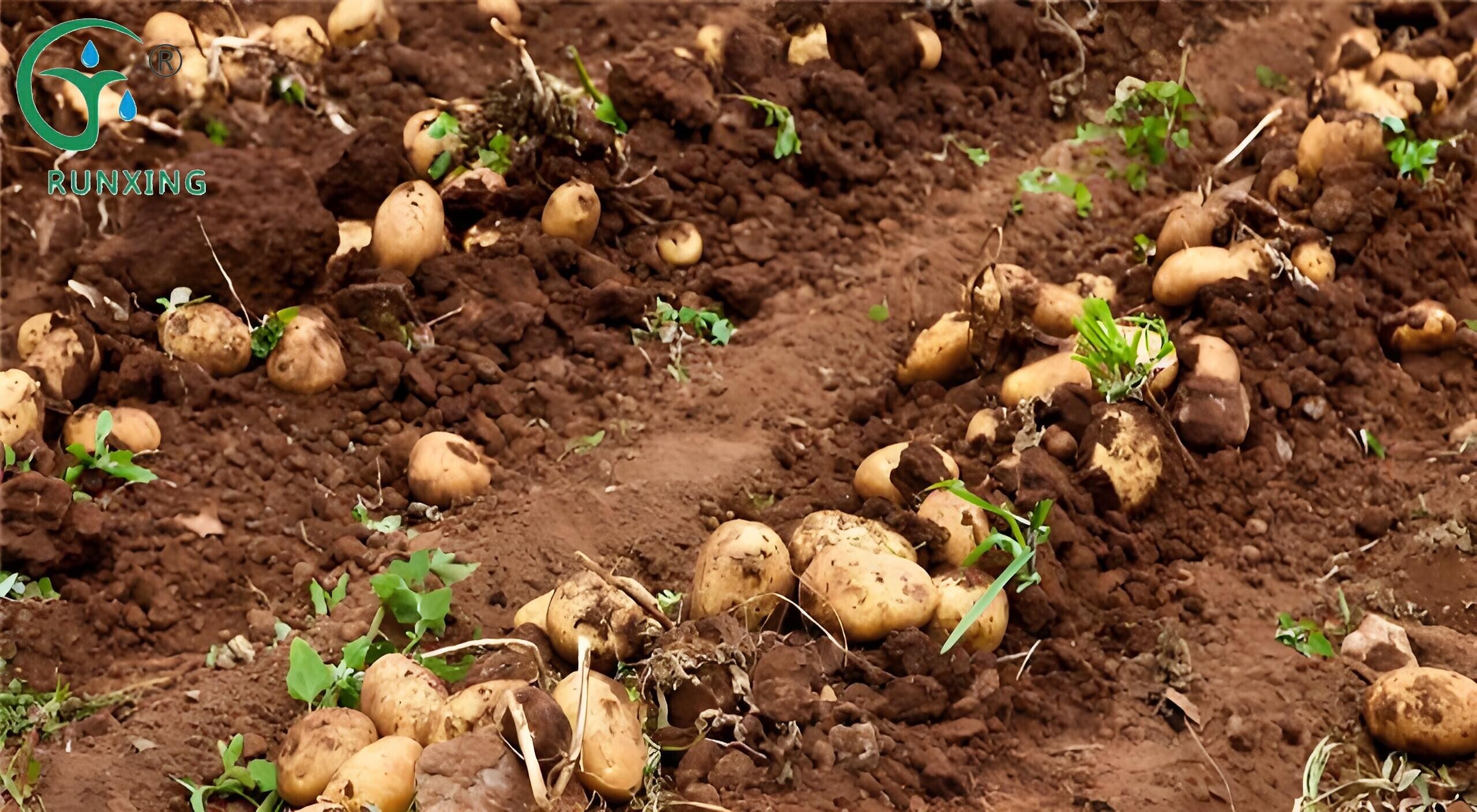South American Potato Farming and Drip Irrigation Systems: A Comprehensive Guide
On the vast lands of South America, potatoes serve as a crucial agricultural crop, with their cultivation techniques and irrigation methods directly impacting yield and quality. This article delves into the necessity of drip irrigation systems for potato farming in South America, detailing the required drip irrigation equipment and its installation process, while also sharing practical tips for potato cultivation.

I. The Need for Drip Irrigation Systems in South American Potato Farming
In South America, due to its diverse climates, water resource conditions vary across potato-growing regions. However, regardless of water abundance, the adoption of drip irrigation systems can significantly enhance potato yields and quality. Drip irrigation technology allows for precise control over water application, reducing ineffective evaporation and deep seepage, thereby maximizing water use efficiency. Additionally, drip irrigation helps decrease the incidence of pests and diseases, lowering pesticide usage and benefiting ecological conservation. Thus, for potato farming in South America, drip irrigation systems represent an efficient, water-saving, and environmentally friendly irrigation method.
II. Drip Irrigation Equipment and Installation Methods
Drip irrigation systems primarily consist of water supply units, water conveyance pipelines (main and branch pipes), and drip tapes.
Water Supply Units: These include water sources, pumps, flow and pressure regulators, fertilizer mixing tanks, and fertilizer injectors. Water entering the drip irrigation pipelines must possess sufficient pressure to ensure the delivery and dripping of irrigation water. Micro pumps can be used for direct water supply, with a pump output of approximately 130 m³/h being optimal.
Water Conveyance Pipelines: These serve as channels to direct water from the water supply unit to the drip irrigation area, typically arranged in a two-tier system comprising main and branch pipes. Drip tapes are directly installed on the branch pipes. The main pipes should be buried about 0.5 to 0.6 meters deep, with different diameters of main and branch pipes connected using T-joints, three-way joints, cross-joints, and bypass joints. Branch pipes can have inner diameters ranging from 37.5 to 50 millimeters, and filters should be installed on the water conveyance pipelines to prevent clogging from rust or silt.
Installation Methods: When laying out the drip irrigation system, ensure the pipeline layout is reasonable, avoiding bends and kinks to minimize water flow resistance. Meanwhile, based on the potato growth cycle and water demand, appropriately set the spacing between drippers and drip tapes to ensure uniform irrigation.
III. Practical Tips for Potato Cultivation
Soil Selection: Potatoes are adaptable, but fertile, loose, and neutral sandy soil is more conducive to their growth. Sandy soil has excellent permeability, strong flood resistance, and high loftiness, suitable for the continuous expansion of tubers. However, timely water replenishment is necessary.
Seed Selection and Preparation: Choose early-maturing, high-yielding, and smooth-skinned potato varieties. Two weeks before sowing, remove seeds from storage and rigorously screen them, discarding damaged or greenish seeds. Place high-quality seeds in a sunny indoor area, maintaining a temperature of around 15 degrees Celsius, and turn them every three to five days. Sprouting typically occurs within ten days. After sprouting, select seeds again, cutting them into pieces weighing about 50 grams, with each piece containing at least one bud eye.
Soil Preparation and Fertilization: Concentrate fertilization before sowing, mixing high-quality fertilizer into the soil during deep tillage. If fertilizer is abundant, half of the organic fertilizer can be incorporated into the soil during deep tillage, while the remaining fertilizer is evenly spread on the surface during sowing. If base fertilizer is insufficient, only apply fertilizer on the surface during sowing.
Sowing and Management: When the soil temperature at a depth of 10 centimeters reaches about 10 degrees Celsius, sowing can begin. If mulching film is used, lay the film first and then punch holes for sowing, ensuring reasonable planting density, generally around 3,000 plants per mu (a Chinese unit of area equivalent to approximately 666.67 square meters). During the potato growth process, based on their growth patterns and fertilizer requirements, timely supplement nitrogen, phosphorus, potassium, and other nutrients to promote healthy growth and tuber enlargement.
Pest and Disease Control: Drip irrigation systems help reduce pest and disease occurrences, but regular inspections and measures are still necessary. During irrigation, biological agents or low-toxicity pesticides can be appropriately added and uniformly sprayed at the crop roots through the drip irrigation system to enhance control effectiveness.

Conclusion
In South American potato farming, the application of drip irrigation systems not only improves water use efficiency but also promotes potato growth and quality enhancement. Meanwhile, through reasonable soil selection, seed preparation, soil preparation and fertilization, sowing and management, as well as pest and disease control measures, potato yields and quality can be further improved. We hope this article provides useful references and insights for potato farmers in South America.
If you have any needs, please contact us.
About Us
We are dedicated to offering innovative, water-saving, and labor-saving irrigation solutions for agriculture worldwide. Our focus on quality and continuous innovation drives the development and progress of the industry

